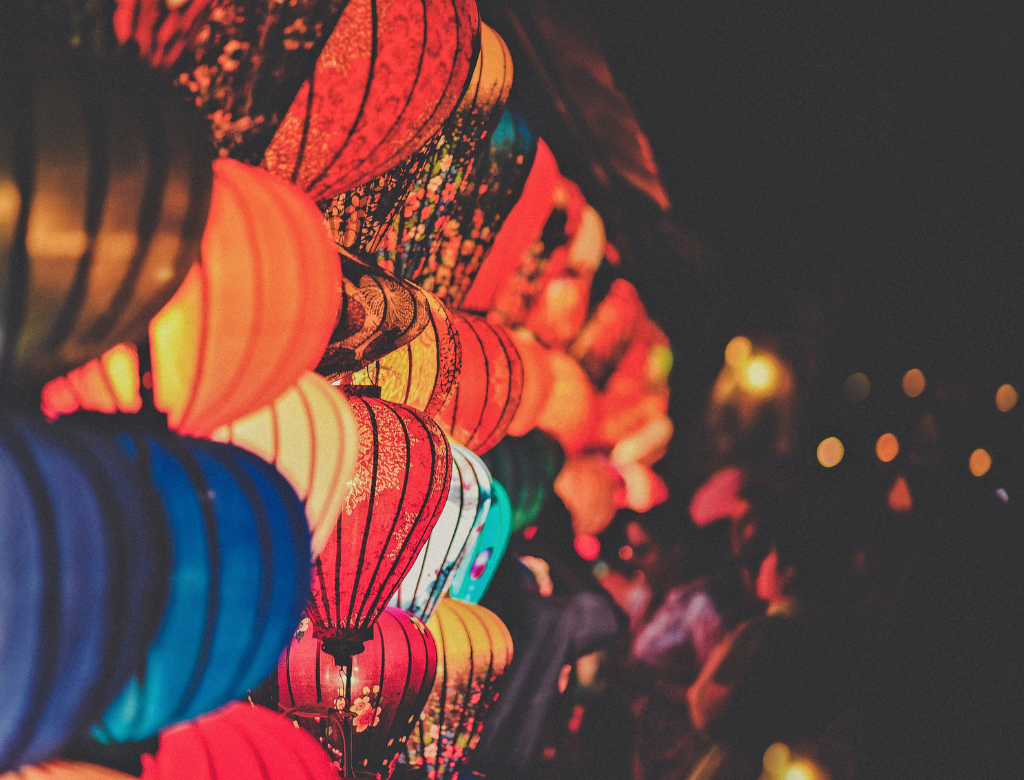Distinctive Features of Regional Festivals in Japan
Distinctive Features of Regional Festivals in Japan
Japan, with its long history and rich culture, hosts a variety of regional festivals. These festivals reflect the cultural backgrounds and traditions of each area, showcasing Japan's diversity. This article introduces the characteristics of some famous regional festivals, such as Kyoto's Gion Matsuri, Akita's Kanto Festival, and Aomori's Nebuta Festival.
Kyoto's Gion Matsuri
The Gion Matsuri, held annually in July in Kyoto, is one of Japan's most traditional festivals. Originating in the Heian period as a prayer to ward off plagues, it is now famous for its elaborate float procession. The festival deeply reflects Kyoto's history and culture, continuing the ancient capital's ambiance.
Akita's Kanto Festival
The Kanto Festival, held every August in Akita Prefecture, is characterized by the long poles with numerous lanterns, known as "Kanto." Originating from prayers for a good harvest in rice cultivation, the festival's daring pole performances symbolize the community's solidarity and strength.
Aomori's Nebuta Festival
The Nebuta Festival, one of Japan's most prominent summer festivals, is held in Aomori Prefecture every August. The festival, with origins shrouded in various theories, has been a long-standing event for regional safety and prosperity. Its vibrant Nebuta floats and the energetic chants of "Rassera" are iconic features.
These festivals vividly reflect the cultural characteristics of each region in Japan, symbolizing their history, traditions, and community bonds. Experiencing these festivals offers a deeper understanding of Japan's rich cultural backdrop for visitors.







Comments
Post a Comment